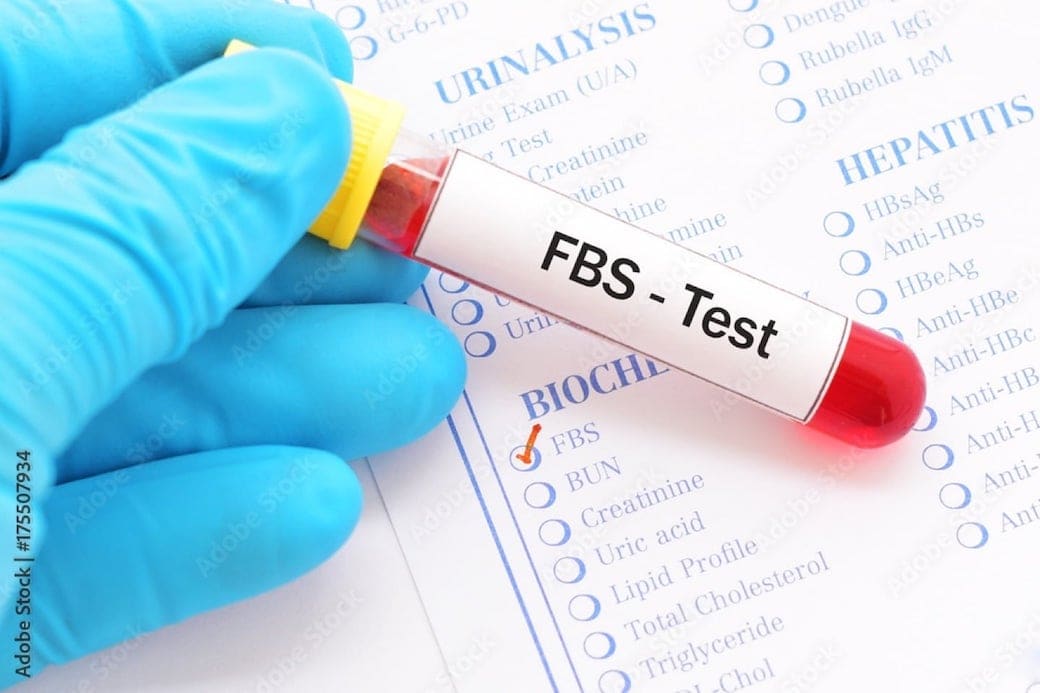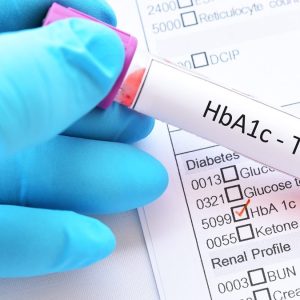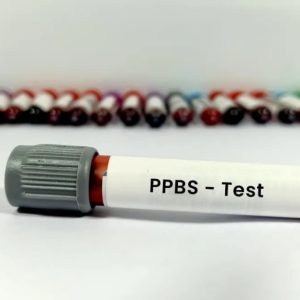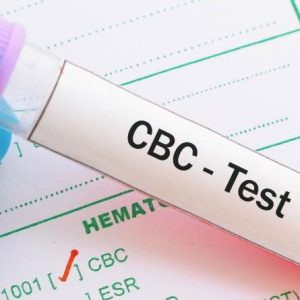Description
What is GLUCOSE, FASTING (F) ?
A fasting blood glucose test measures the amount of glucose (sugar) in your blood after an overnight fast. It is a common test used to diagnose and monitor diabetes. Here’s how the test typically works:
Fasting Period: Before the test, you are required to fast for a certain period, usually at least 8 hours. This means you should not eat or drink anything other than water during this time.
Blood Sample: After the fasting period, a healthcare professional will take a blood sample, often in the morning. This sample is usually drawn from a vein in your arm.
Analysis: The blood sample is then analyzed in a laboratory to measure the level of glucose in your blood.
A fasting blood glucose test provides information about your body’s ability to regulate glucose levels. Elevated fasting blood glucose levels may indicate insulin resistance or impaired glucose metabolism, which are common features of prediabetes and diabetes.
The normal range for fasting blood glucose levels may vary slightly between different laboratories, but generally, a fasting blood glucose level below 100 milligrams per deciliter (mg/dL) is considered normal. Levels between 100 and 125 mg/dL may suggest prediabetes, and levels of 126 mg/dL or higher on two separate tests may indicate diabetes.
It’s important to note that interpretation of the results should be done in consultation with a healthcare professional who can take into account various factors such as age, overall health, and other medical conditions. Additionally, a single elevated reading may not be sufficient for diagnosis, and further testing may be needed for confirmation. Regular monitoring of fasting blood glucose levels is also essential for managing diabetes and assessing the effectiveness of treatment.





